Fahadan District, located in the ancient city of Yazd, is a captivating area renowned for its well-preserved traditional architecture and historical significance. Wandering through Fahadan feels like stepping back in time, with its labyrinthine alleys, mud-brick houses, and windcatchers (badgirs) that have characterized Yazd for centuries.
The district’s architecture showcases the ingenuity of Persian design, adapted to the harsh desert climate. The tall windcatchers atop many buildings are a defining feature, ingeniously designed to catch the breeze and cool the interiors naturally. The mud-brick walls, often adorned with intricate patterns and carvings, provide insulation against the extreme temperatures.
Fahadan is home to several significant historical sites, including the Alexander’s Prison, which is actually a 15th-century domed school reputedly built by Alexander the Great. Another notable site is the Lari House, a beautifully preserved example of a traditional Yazdi mansion, complete with ornate stucco work, stained glass windows, and tranquil courtyards.
The Jameh Mosque of Yazd, with its striking minarets and stunning tilework, is also located nearby, offering a glimpse into the religious and cultural heritage of the region. The mosque’s intricate designs and towering presence make it a focal point of the district.
Walking through Fahadan, visitors can also discover a range of local artisans’ shops, cafes, and traditional teahouses, adding to the district’s vibrant atmosphere. The area’s narrow alleys and hidden courtyards invite exploration, revealing the daily life and enduring traditions of Yazd’s residents.
Recognized as a UNESCO World Heritage site, Fahadan District is a living museum that preserves the architectural and cultural legacy of Yazd. It offers visitors a unique opportunity to experience the charm and history of one of Iran’s oldest continuously inhabited cities


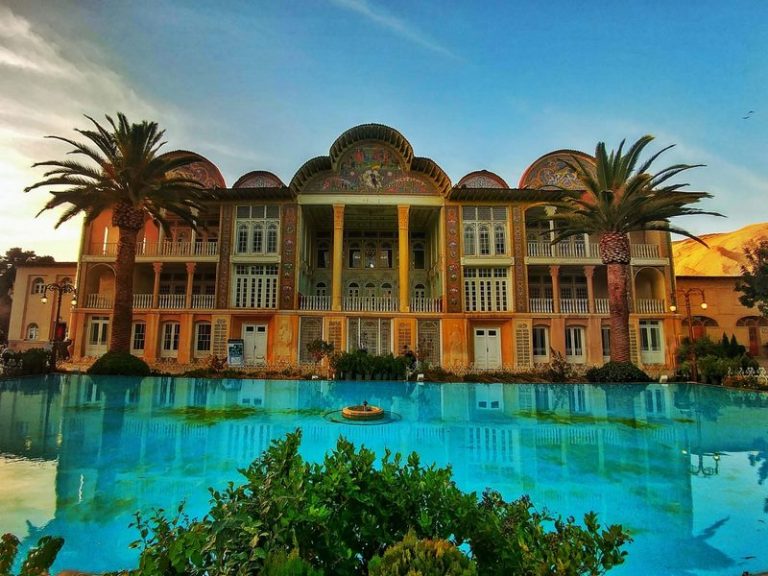
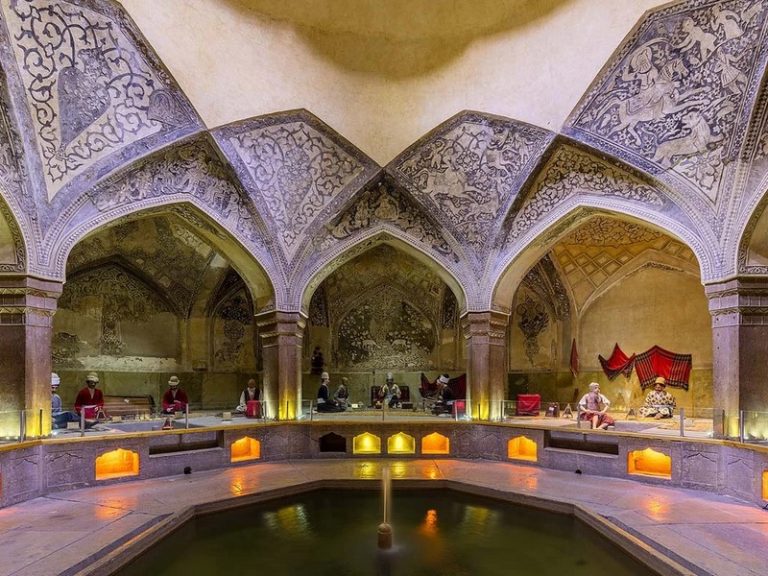
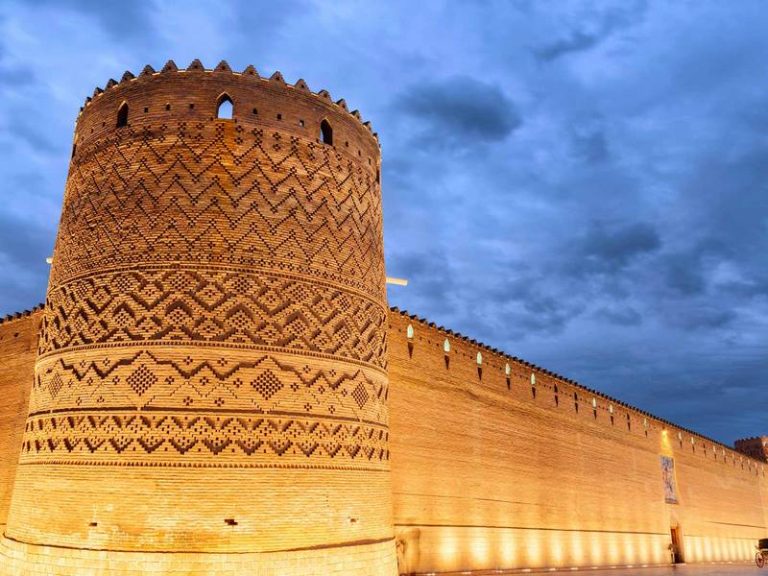
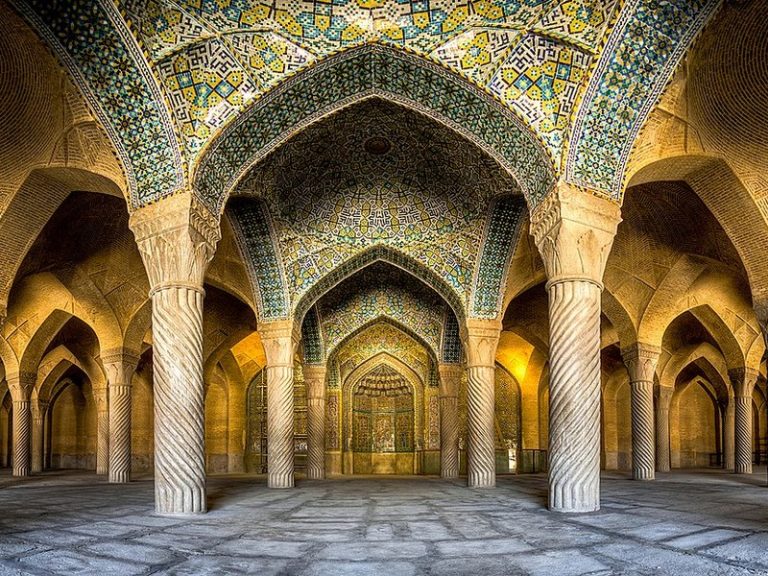
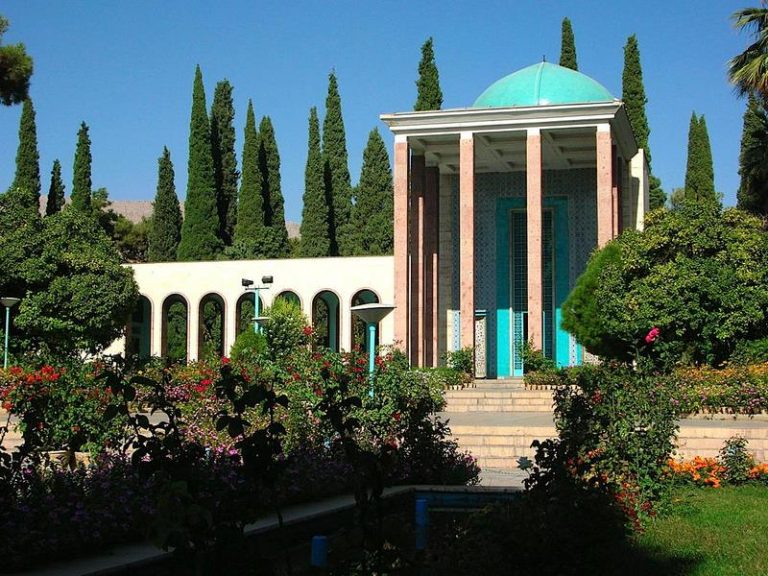

0 Comment